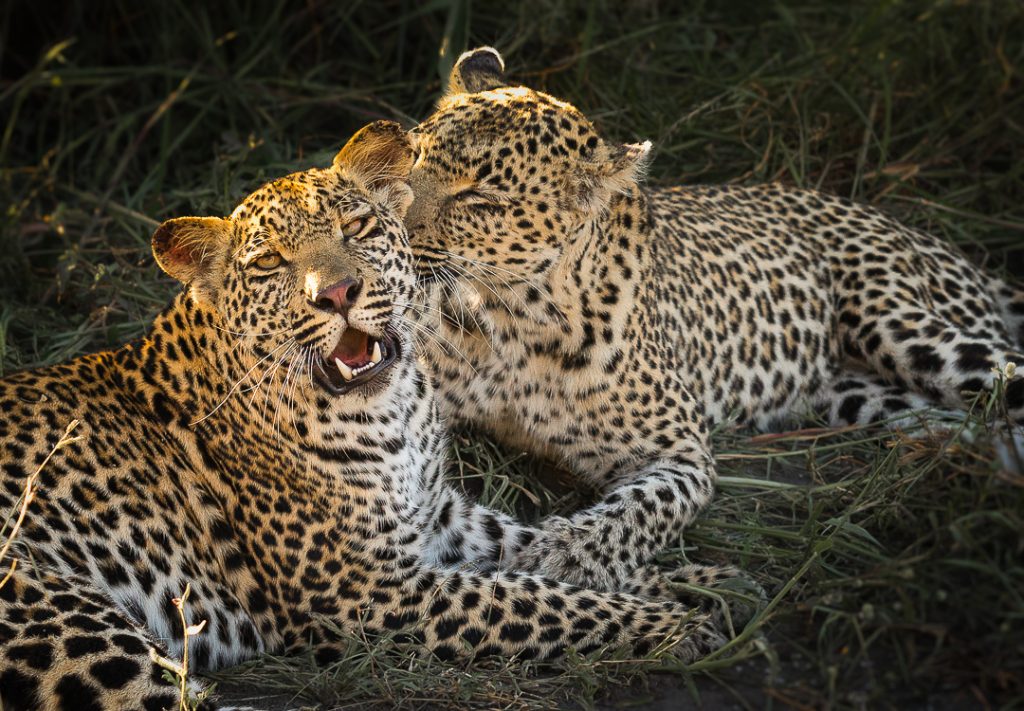Would you like to see more and enjoy the bush?
- Look as far as you can to the furthest most point. Allow your eyes to go out of focus. Once you detect movement, quickly mark that point and focus your eyes to see the cause of that movement.
- When you drive or walk in and around the bush, you should quickly scan the surrounding which should give you a reasonable idea what should look “usual” and as if it should be there, then make a conscious effort to be on the lookout to detect anything which looks ”different” or “out of place”. Concentrate your thinking on why it looks different from what you thought should be naturally there.
- Driving slowly means that you minimise the noise. If you are discussing the latest fashions or your neighbour’s sex life, you are not concentrating and you are simply adding to a noise which animals already do not like!
- Do not smoke. The animals will smell it a mile away. You also will not be able to smell the “perfume” of the bush. All animals have a different scent, which can vary depending on the breeding state of the animals and their attitude at that moment.
- Look for signs which animals may leave behind them. Look for faeces, dung, footprints, and the aftermath of feeding behaviour and the effect that they may have had on birds or other animals in the area. Everything has a way of communicating. Avail yourself of understanding that man is the only animal who can speak. The rest have to communicate their messages by other means. Only by learning to read these signals, will you begin to “read” the bush and begin to understand the behaviour of its inhabitants.
- When in doubt, try to put yourself in the place of the animal and try to imagine what you would do when certain conditions prevailed. You will be surprised at the similarity between animal and human thinking.
- Respect the fauna and flora and their right to be there, and be sure to remember that they have more rights than you to be where they are.
- Observe closely a family group of elephants and you will notice a very sophisticated social order. The matriarch (Oldest and largest female) dominates and controls her family group and every single animal obeys her commands.
- Never get too close to any animal, no matter how lazy or tame they may look. Rather approach in stages. Slowly testing and keeping a sharp look out for other group members which may be a little way off and not immediately noticed by you.
- An animal will display various behaviour depending on how close you get to them. At first they will continue to feed as if you are not there. Then the moment they hear or see you, they will stop feeding and probably look in your direction. This is still acceptable….. As you approach closer, the animal will send you a signal by changing it’s behaviour. More often than not it will be a noise or even an aggressive movement of warning not to proceed any further…At this stage you should withdraw, but never turn your back or run. That is absolutely the incorrect thing to do because it will provoke the animal to follow through and very often attack!
- Never come between a mother and it’s young. (Most of us should have learned that in our own homes, but still persist!) Only this time, your ears could be dusted by something much larger and more dangerous than your wife!
- Never drive or walk too close to a pride of lions. They have a habit of spreading out and could decide to change position before you get the chance to move out. (Nice kitty, kitty!! Will not work and could be detrimental to your well being and those in your vehicle with you!)
- Never allow little children to shriek or talk in a loud high-pitched manner. A predator will associate a high-pitch with an animal in distress and a free meal!
- Sudden movements while observing animals can startle them and could provoke an attack. From the animal’s point of view, this is simply a defense mechanism but could prove to be very dangerous.
- Never allow anyone to stand up. This breaks the outline of the vehicle and can startle an animal and provoke an attack, again, as a defense mechanism.
The driver of a bush vehicle or even a self-drive sedan in a game reserve is the same as the captain of a ship. He is responsible for everyone’s safety. If he is being an idiot, the crew have the right to put him right!
